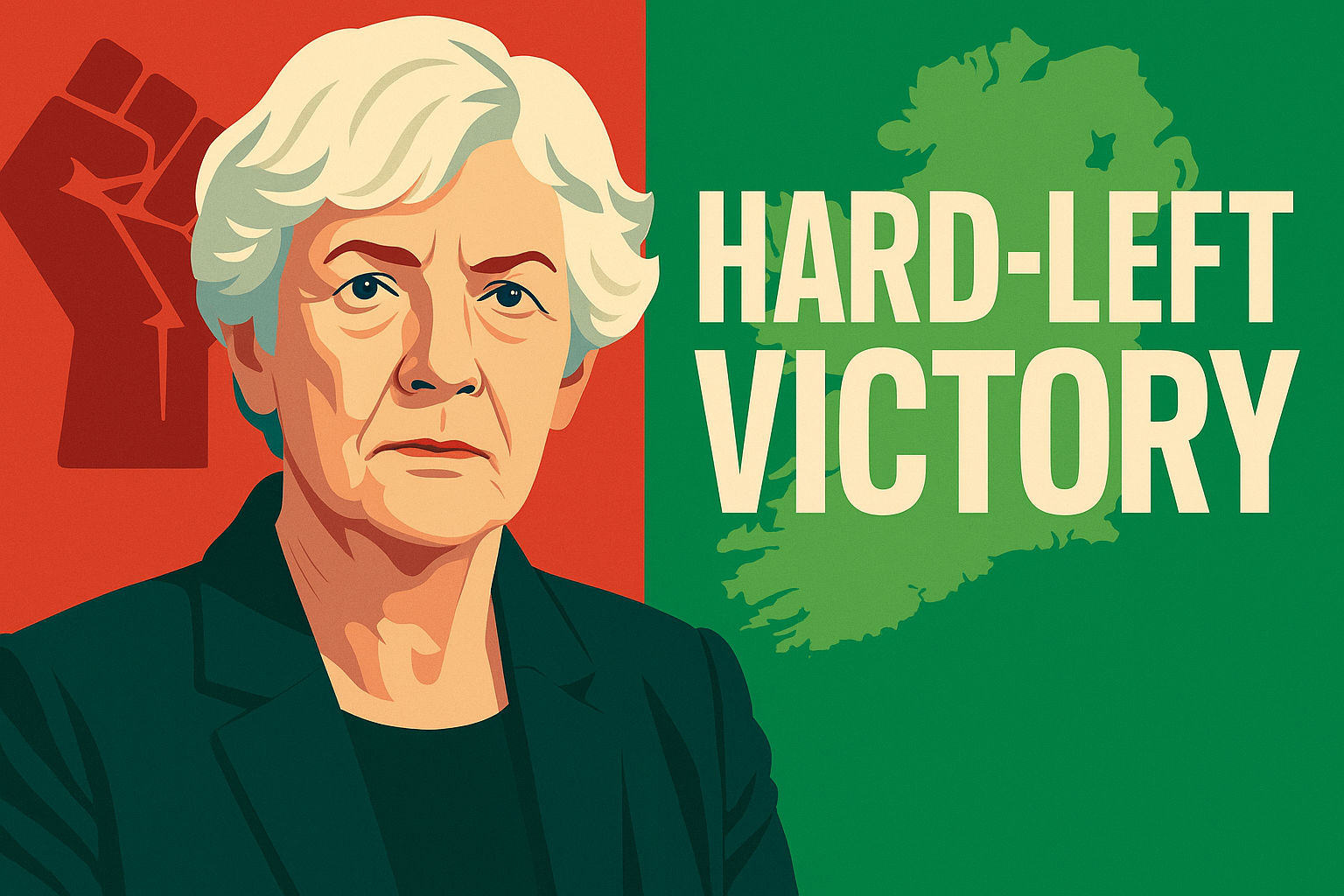Travellers planning trips to Europe should prepare for a significant change: the European Union has announced a proposed increase in the fee for its European Travel Information and Authorisation System (ETIAS), raising it from €7 to €20.
Why Is the Fee Increasing?
According to EU officials, the decision to raise the fee is driven by several factors. Since the original €7 fee was set in 2018, inflation and rising administrative costs have added pressure to the system’s budget. In addition, recent upgrades to the digital infrastructure and security features of the ETIAS system have contributed to increased operational expenses.
The EU is also aligning its fee structure with similar programs in other countries. For example, the U.S. Electronic System for Travel Authorization (ESTA) currently charges around €18, and the UK’s Electronic Travel Authorisation (ETA) recently increased to €19. The EU’s proposed €20 fee would bring its system in line with these international standards.
When Will the Change Take Effect?
The revised fee is not expected to be implemented immediately. ETIAS is linked to the rollout of the Entry/Exit System (EES), which is scheduled to begin in October 2025 and become fully operational by April 2026. Consequently, the €20 fee is projected to come into effect around October 2026.
Once active, the ETIAS requirement will apply to most non-EU, non-EEA, and non-Swiss visitors—including citizens of the United Kingdom and the United States—who plan to enter the Schengen Area. The authorisation will be valid for three years or until the traveller’s passport expires.
Application Process and Exemptions
The ETIAS application will remain an online process requiring basic personal and travel information, including passport details and intended destinations. While the €20 fee will apply to most adult travellers, exemptions will be granted to children under 18 and adults over 70.
Implications for Travellers
Though the new fee may seem modest on an individual level, it could significantly impact families and frequent travellers. Still, once obtained, ETIAS allows for multiple entries over three years, making it a long-term investment in hassle-free travel to 30 European countries (excluding Ireland).
Can the Fee Still Be Blocked?
There remains a short window for the European Parliament and Council to object to the proposed increase. However, unless there is formal opposition, the new pricing is expected to be approved and implemented as planned.
A New Era of European Travel
The introduction of a €20 ETIAS fee marks a shift in how the EU manages border security and travel authorisations. It brings Europe in line with other global travel systems and reflects the growing cost of maintaining secure digital borders. As traditional visa-free travel gradually evolves into tech-driven pre-screening systems, travellers will need to plan and budget accordingly.








